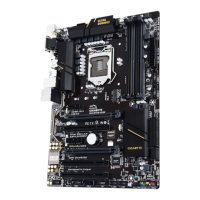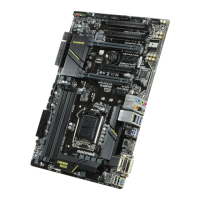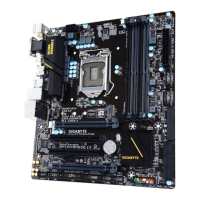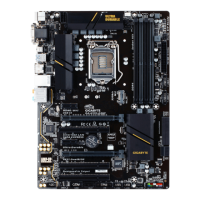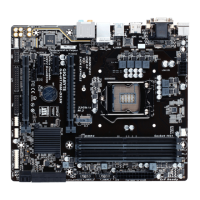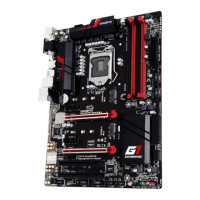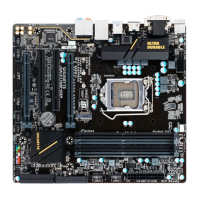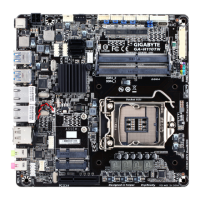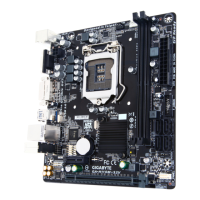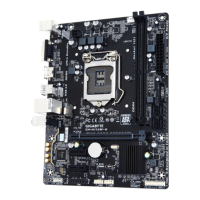- 23 -
Chapter 2 BIOS Setup
BIOS (Basic Input and Output System) records hardware parameters of the system in the CMOS on the
motherboard.ItsmajorfunctionsincludeconductingthePower-OnSelf-Test(POST)duringsystemstartup,
saving system parameters and loading operating system, etc. BIOS includes a BIOS Setup program that allows
theusertomodifybasicsystemcongurationsettingsortoactivatecertainsystemfeatures.Whenthepoweris
turnedoff,thebatteryonthemotherboardsuppliesthenecessarypowertotheCMOStokeeptheconguration
values in the CMOS.
To access the BIOS Setup program, press the <Del> or <F12> key during the POST when the power is turned on.
• BIOSashingispotentiallyrisky,ifyoudonotencounterproblemsofusingthecurrentBIOSversion,
itisrecommendedthatyoudon'tashtheBIOS.ToashtheBIOS,doitwithcaution.Inadequate
BIOSashingmayresultinsystemmalfunction.
• It is recommended that you not alter the default settings (unless you need to) to prevent system
instability or other unexpected results. Inadequately altering the settings may result in system's failure
to boot. If this occurs, try to clear the CMOS values and reset the board to default values. (Refer to
the"RestoreDefaults"sectioninthischapterorintroductionsofthebattery/clearingCMOSjumper
in Chapter 1 for how to clear the CMOS values.)
BIOS Setup Program Function Keys
<h><i>
Move the selection bar to select an item
<f><g>
Move the selection bar to select the screen
<Enter> Execute command or enter the submenu
<+> Increase the numeric value or make changes
<-> Decrease the numeric value or make changes
<F1> General Help
<F3> Restore the previous BIOS settings for the current submenus
<F9> Load the Optimized BIOS default settings for the current submenus
<F10> Save all the changes and exit the BIOS Setup program
<Esc> Main Menu: Exit the BIOS Setup program
Submenus: Exit current submenu

